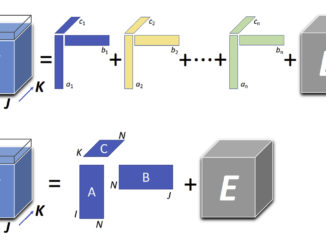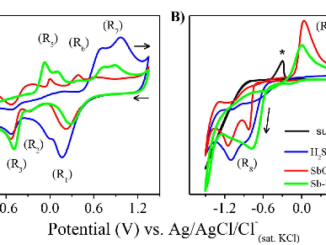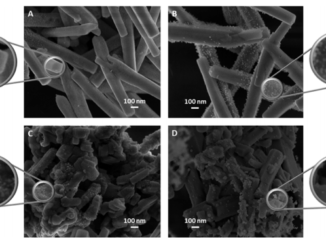
Bi electrodeposition on WO3 photoanode to improve the photoactivity of the WO3/BiVO4 heterostructure to water splitting
Abstract: In view of the urgency to replace fossil fuel-based energy sources with sustainable and renewable sources, much has been done to discover new materials and/or production methods that can provide devices capable of converting solar energy into chemical or electrical energy. This work describes the electrodeposition of Bi on WO3 film and its subsequent conversion to BiVO4 with the addition of NH4VO3 and heat treatment. In this way, a WO3/BiVO4 heterojunction is obtained. With this methodology, it is possible to observe the formation of BiVO4 nanostructures with pillar shapes and a photocurrent increase of 300 times compared to films obtained by drop-casting. At 1.23 V vs RHE (Reversible Hydrogen Electrode), the photocurrent achieved with the photoanode reaches 2.1 ± 0.3 mA cm−2, which is 35 times higher than pure BiVO4 and 23 times higher than pure WO3. Transient absorption spectroscopy studies show an increase in the time constants for the recombination of charge carriers to the WO3/BiVO4 heterojunction. Electrodeposition is a relatively simple, easy to use, and scalable technique. So, it is expected that its use for the production of photoelectrodes will be more widespread.
Author(s): Coelho, D.; Gaudêncio, J.P.R.S.; Carminati, S.A.; Ribeiro, F.W.P.; Nogueira, A.F.; Mascaro, L.H.
Chemical Engineering Journal
Published: 1 November 2020, Volume 399




